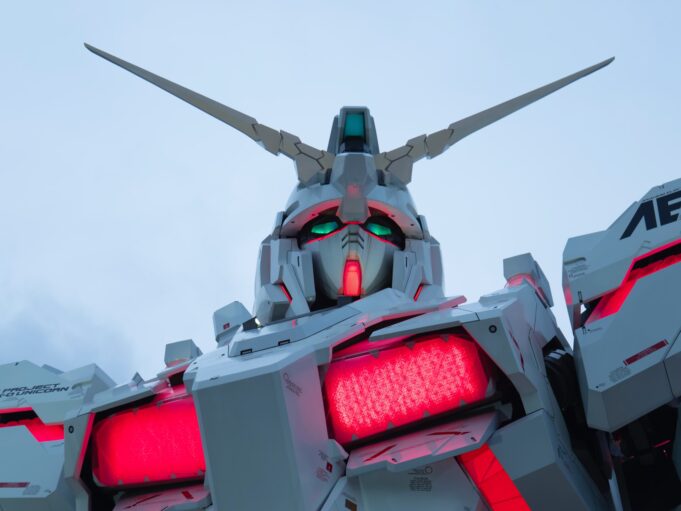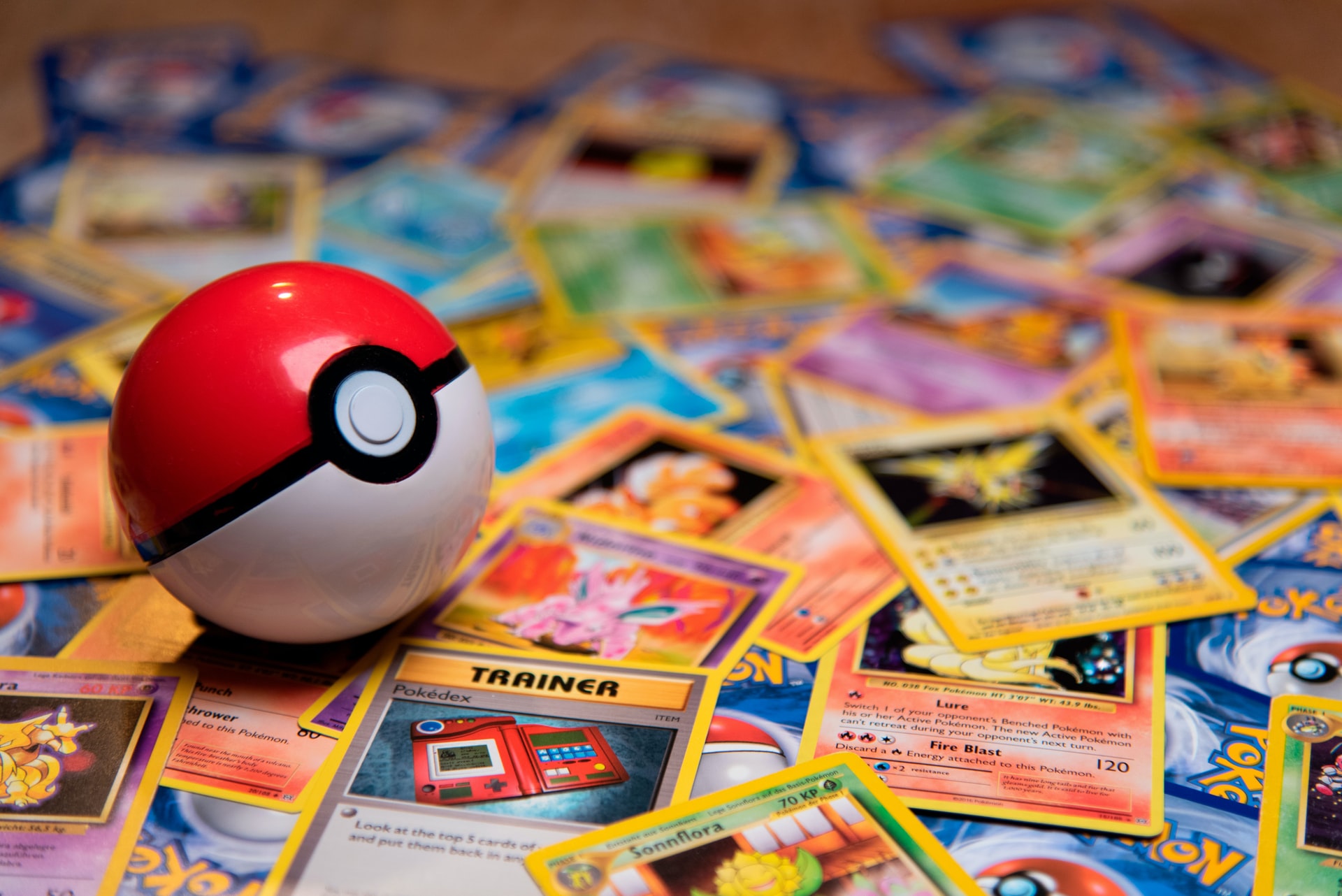Introduction
In the early days of anime, the genre had a very limited fan following outside Japan due to the high entry barriers for its audience. To get your hands on anime, you had to either buy costly DVD/VHS tapes or stay awake late at night to watch the show on TV. The 90s signified the birth of a new era for anime as Cartoon Network through Toonami (a set of shows that primarily consisted of Japanese anime) introduced Sailor Moon and the legendary Dragon Ball Z to the American audience. Now, three decades later, anime has become a new frontier for the ongoing streaming wars. Japanese media titles now account for 11 of the 25 highest-grossing media franchises in the world, with Pokémon and Hello Kitty in the top two.
With the pandemic forcing much of the live-action movie industry to go into lockdown, anime studios with their low-budget, safe-to-make shows were uniquely positioned to cater to the content-hungry stuck-at-home audience. Demon Slayer (Kimetsu no Yaiba), co-produced by Sony’s Aniplex arm, which was released in Japan in Oct 2020, grossed $44 million (USD), making it the biggest theatrical release in the world that weekend and the best opening weekend in Japanese cinema history. According to the latest reports by Mantan Web, the movie has now exceeded $358.9 million (USD) in total box office collections. Anime studios that were paid $150k (USD) to $300k (USD) for an episode a few years ago, are now comfortably earning $800k (USD) to $1 million (USD) for the same work.
As the streaming war intensifies, major streaming platforms each have their own unique strategy to boost their anime content libraries and eventually increase their subscriber base.
Netflix
The pioneering streaming platform, with its 200 million+ subscribers (Q4 2020) (+34% y-o-y) across 190+ countries was one of the first platforms to experiment with anime. Knights of Sidonia was the first computer-generated anime show produced by Netflix in 2014; in the same year, it also acquired the exclusive license to air The Seven Deadly Sins, which was based on a manga series by the same name. After acquiring a few more shows over the years through exclusive licensing, Netflix in late 2017 announced that it planned to spend a significant portion of the $8 billion (USD) to produce 30 new anime series, which were to be released in 2018. This shift in strategy moving from exclusive licensing deals to producing original anime series has clearly paid off, as evidenced by the 100 million+ households globally that tuned in to watch at least one anime title between Oct 2019 and Sep 2020 (+50% y-o-y). Anime titles have appeared in the top 10 lists in almost 100 countries, and Netflix has partnered with nine studios and is set to launch 16 new anime productions this year. Unlike other streaming services, Netflix usually makes its anime content available months after it has finished airing in Japan, releasing the entire season with proper subtitles and dubbing for a binge-loving audience. The streaming giant also differs from other services in its choice of anime titles, favouring science-fiction, fantasy and action series over school drama. Netflix, which spends around $15 billion (USD) annually on content, is also betting on more live-action shows riding on the popularity of its live-action fantasy series-The Witcher. In Jan 2020, it announced that it’d be working on a live-action adaptation of One Piece-the best selling manga franchise in Japanese history.
Amazon Prime Video
Amazon Prime Video is ranked second with 150 million subscribers globally (Q4 2020) (+100% y-o-y), and unlike other platforms, the streaming giant bundles Prime Video with Amazon Prime, which saw a surge in subscribers due to the pandemic. In the past few years, Amazon has upped its game with critically acclaimed series such as The Marvelous Mrs. Maisel, The Man in the High Castle, Fleabag, Tom Clancy’s Jack Ryan and is currently working on the first season of the incredibly expensive Lord of the Rings adaptation. The ‘everything store’ initially dipped its toe in anime with the launch of Anime Strike in 2017. Anime Strike was an add-on channel to its Amazon Prime Video subscription that would give subscribers access to shows Amazon had licensed itself along with shows from Sentai Filmworks for an additional $5 a month. But the service had a lukewarm response and lasted just over a year. However, Amazon continues to invest in new anime shows such as Vinland Saga and recently produced its first anime series, Blade of the Immortal, which is available globally.
Disney+
Disney+, which launched in late 2019, relied heavily on its back catalogue and had only one original series with one episode at launch has witnessed a rapid growth in its subscriber base and its content. With nearly 95 million (Q4 2020) subscribers, it has smashed the target it was supposed to achieve in 4 years by achieving it in just one year. The number blows up if you add its other services such as Hulu with 39 million subscribers (+39% y-o-y), Disney+ Hotstar with 19 million (+517% y-o-y) and ESPN+ with 12 million (+475% y-o-y), with the grand total amounting to a whopping 165 million. Disney+ has brought out the big guns with its blockbuster series-The Mandolorian and the recently launched WandaVision. The ‘house of Mickey Mouse’ is going all-in spending $14-16 billion (USD) on more than 100 planned films and television projects, with 80% of them directly going to Disney+. Though Disney’s original content doesn’t include any anime, Hulu, in which Disney owns a 60% stake, boasts of an impressive anime library and recently acquired the exclusive streaming rights to the second season of the fan favourite anime series-One Punch Man.
HBO Max
One of the most confusing streaming platforms-HBO Max which launched in May last year, has just managed to gain 17 million subscribers, which include subscribers from the now-defunct HBO Now. The Home Box Office is also betting big with its controversial move of releasing all its movies slated for 2021, simultaneously on HBO Max and in theatres. The list includes some of the most anticipated films in recent times, such as Matrix 4, Dune and The Suicide Squad. HBO Max is leaving no stone unturned when it comes to anime too, announcing its partnership with the legendary Studio Ghibli (pronounced as Jib-lee). The studio, which was co-founded by Hayao Miyazaki in 1985, is well-known for its distinctive visual style, artistic storytelling techniques and hand-drawn animation. Due to the painstaking animation process, it takes years to produce such masterpieces, which keeps the anticipation high and adds to the “Ghibli experience”. Miyazaki has been a strong believer in the cinematic experience and had long opposed the idea of digital distribution of his films, an attitude which finally changed in 2019. The partnership allows Studio Ghibli’s incredible roster of 21 films, including masterpieces such as My Neighbor Totoro, Spirited Away and The Wind Rises to be available on the streaming service for the first time ever.
Sony
After its recent acquisition of the anime streaming service-Crunchyroll, Sony has become one of the strongest contenders when it comes to anime. Founded in 2006, Crunchyroll started as a platform where users could share unlicensed fan translated and subtitled anime, but it quickly transitioned into a subscription and ad-supported model with exclusively licensed shows with subtitles. By early 2017 it managed to amass 20 million registered users with one million paying subscribers, and in 2020, those numbers grew to 90 million and 3 million respectively, an incredible feat for a niche platform. Before being acquired by Sony, Crunchyroll was briefly part of the AT&T group when AT&T acquired its parent company-Otter Media in 2018. Apart from Crunchyroll, Sony has made many strategic acquisitions to boost its standing in the anime industry, acquiring French anime streaming service Wakanim in 2015, American anime distributor Funimation in 2017 and Australian anime distributor Madman Anime and its streaming service- AnimeLab in 2018. In 2019 Sony’s subsidiaries-Aniplex and Sony Pictures Television consolidated all of these streaming services under Funimation, structuring it as a joint venture between the two subsidiaries. Crunchyroll boasts of an impressive 1200 shows while Funimation has 600 shows, but unlike Crunchyroll, Funimation does not produce its own show. Both the anime streaming services cater to different audiences- Crunchyroll focuses on adding subtitled shows as quickly as possible, whereas Funimation aims to add dubbed shows with English voiceovers for those who are not comfortable with subtitles. Together Crunchyroll and Funimation are a force to reckon with.
Conclusion
The underlying reason for anime’s popularity is because it’s so unique when compared to anything that the western media has to offer, and despite its internationalization, it is still distinctly Japanese, as it should be. Anime can do to the streaming giants what The Simpsons and The Family Guy did to establish Fox in the 1990s. The one who wields the most number of exquisite anime titles will be the true victor of the epic streaming wars.
For more extensive analysis and Market Intelligence reports feel free to approach us or visit our website: Venture Capital Market Intelligence Reports | VCBay.
We try our best to fact check and bring the best, well-researched and non-plagiarized content to you. Please let us know
-if there are any discrepancies in any of our published stories,
-how we can improve,
-what stories you would like us to cover and what information you are looking for, in the comments section below or through our contact form! We look forward to your feedback and thank you for stopping by!
Next Article




































[…] Streaming Wars: The Battle for Anime […]